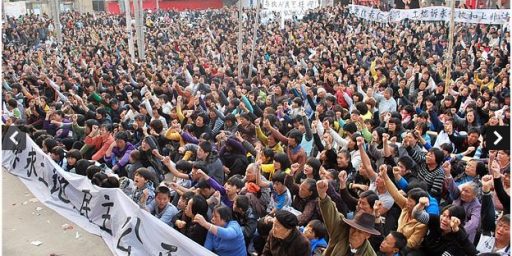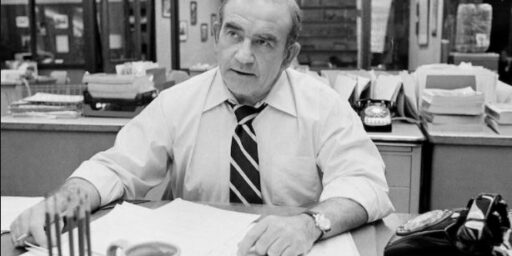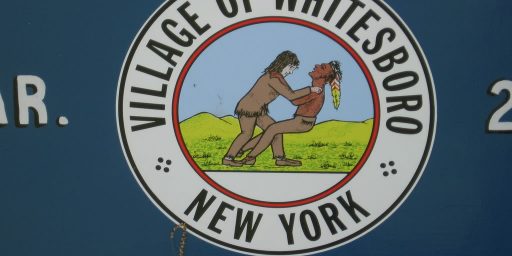Fill-in-the-Blank Foreign Correspondent
Tom Grant has uncovered the secret form issued to American journalists for writing stories about civilians in war-torn lands:
___________ has lived in the village of ___________ for all [his/her] life. That was, until war came to the village. Today, ___________ lives in [a refugee camp/fear].
“I don’t know where I’ll go, or what I’ll do,” ______________ said, clutching his ___________, a treasured keepsake. “Nowhere is safe.”
___________ story is all too familiar, in this war that has claimed over ___________ lives. With the failure of negotiations between ___________ and ___________, there is no end to the violence in sight.
Still, ___________ clings to hope. “Every day I pray for peace,” [he/she] said. “It’s all I can do.”
It certainly gets a lot of use.





That does look pretty familiar..
Aha! That’s why all the reports look the same…
You know the NYT may be able to show a slightly better bottom line if they applied a little automation. How hard would it be to link up this form with a database of personal names, place names and unique local possessions.
Add in an automatic feed for taking press releases from the democrats and you can probably cut 75% of their reporting staff.
Stateside it was the basis for journalists covering NOLA after Katrina! Just change “failure of negotiations” to read “failure of FEMA” and you pretty much have the working propaganda line.